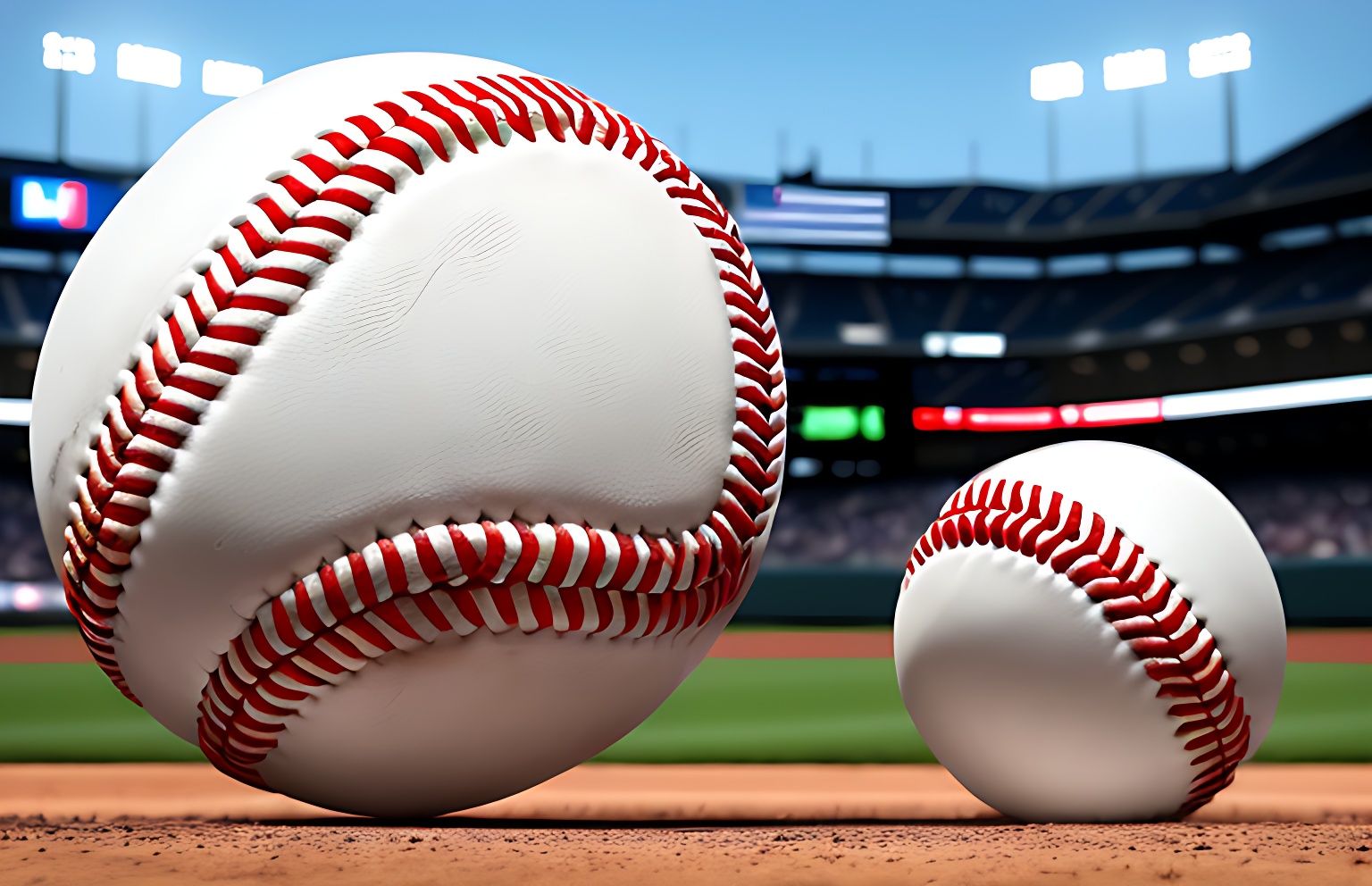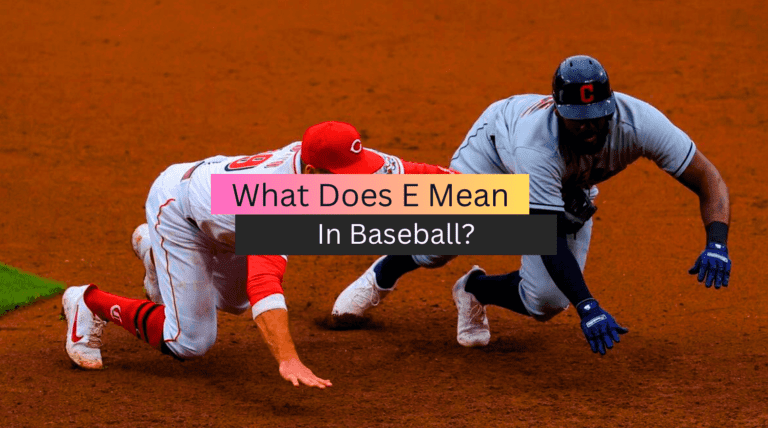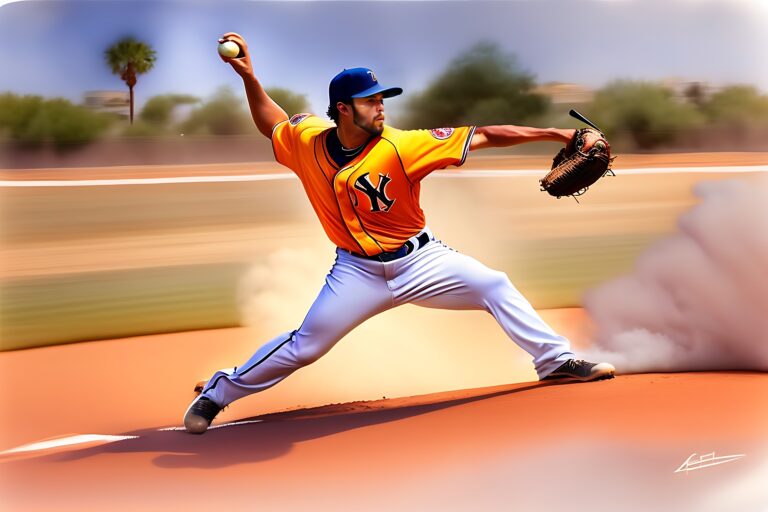How Many Baseballs are Used in an MLB game?
Baseball, often hailed as America’s favorite pastime, captivates millions of fans with its thrilling moments and impressive displays of skill. Have you ever wondered, though, how many baseballs are utilized during a single Major League Baseball (MLB) game? The answer might surprise you.
Estimates suggest that a staggering eight to 10 dozen baseballs are employed in each MLB game, equating to a remarkable 96 to 120 baseballs. Yes, you read that right—up to 120 baseballs in a single night! But have you ever stopped to ponder the reasons behind this astonishing number?
In this article, we delve into the fascinating world of MLB game logistics and explore the factors that contribute to the utilization of such a high volume of baseballs.
Evolution of Baseball Equipment
In the early days, baseball was a casual pastime played with anything that resembled a ball. Picture this: kids on a dusty field, using homemade spheres crafted from socks, wrapped rags, or even tightly wound yarn. It was all about the thrill of hitting and running, with little concern for uniformity or quality.
But as the sport gained popularity and professionalism took hold, the need for standardized equipment became evident. Manufacturers recognized an opportunity and stepped up to the plate, producing balls specifically designed for baseball. The journey towards a more consistent and regulated game had begun.
In the late 1800s, the era of the “dead ball” reigned supreme. Baseballs of the time were heavy, dense, and lacked the lively bounce we associate with the game today. These early baseballs were more akin to rocks wrapped in leather, making it quite the challenge to knock one out of the park.
But innovation knows no boundaries. As the sport evolved, so did the baseballs. Enter the modern era with its thrilling power hitters and soaring home runs. Manufacturers began experimenting with different materials and designs to maximize the balls’ flight and performance. From the introduction of cork centers to the implementation of synthetic materials, baseballs underwent a remarkable transformation.
Today, MLB baseballs are meticulously crafted with precision stitching, composite layers, and aerodynamic properties. These advancements have contributed to the electrifying gameplay we witness on the field, where home runs reign supreme, and pitchers aim to strike out opponents with pinpoint accuracy.
Learn Also: How Many Baseball Games in a Season
The Role of Baseballs in MLB Games
When we think of baseball, our minds often drift to the awe-inspiring feats of players on the diamond—the thunderous crack of the bat, the graceful arc of a pitch, and the adrenaline-fueled moments that keep us on the edge of our seats. But amidst the dazzling performances and breathtaking plays, there’s a silent hero that often goes unnoticed—the baseball itself. Join us as we unveil the crucial role of baseball in the world of MLB.
Imagine a world without baseballs—where would the game be? It’s hard to fathom because, at the heart of every play, every pitch, and every swing, is the trusty baseball. These small, seemingly unremarkable spheres hold the power to ignite passion, showcase skill, and deliver moments of sheer magic.
Pitchers grip and release baseballs with finesse, utilizing various pitches to deceive batters and leave them swinging at thin air. Hitters study the ball’s rotation, speed, and trajectory, aiming to connect with precision and send it soaring into the stands. Fielders rely on the predictable behavior of baseballs, their hands instinctively snatching them from mid-air or scooping them up from the ground in awe-inspiring displays of athleticism.
Believe it or not, the quality and characteristics of baseball can significantly impact the performance of players. A well-made baseball can facilitate controlled pitches, providing pitchers with the confidence to execute their craft. On the other hand, a poorly constructed or worn-out ball can throw them off balance, leading to unintended outcomes and frustration on the mound.
For batters, the consistency of baseballs is vital. Predictable flight patterns and bounce off the bat allow hitters to fine-tune their swing mechanics and adjust their timing accordingly. Deviations in ball quality can disrupt their rhythm, making it a constant battle to adapt to ever-changing conditions.
It’s not just the players who are affected; fans and spectators are also touched by the magic of baseball. The collective gasp as a ball sails over the outfield fence or the roar of the crowd as a perfectly timed catch is made—all these moments owe their existence to the humble baseball.
How Many Baseballs Are Used in a Single MLB Game?
As the crack of the bat echoes through the stadium and players dash across the bases, have you ever wondered just how many baseballs are in play during a single MLB game?
Step onto the field during an MLB game, and you’ll witness a carefully choreographed ballet of baseballs. From the moment the umpire hands the pitcher a fresh ball, to the satisfying thud as it lands in the catcher’s mitt, to the crackling energy when it’s launched into play, baseballs have a crucial role to play in the flow of the game.
But how many of these baseballs are actually used throughout the course of a single game? The answer may surprise you. On average, an MLB game can see anywhere from 60 to over 100 baseballs in action. It’s a staggering number that underscores the dynamic nature of the sport and the constant demand for fresh, game-ready baseballs.
Several factors come into play when determining the number of baseballs required for a game. First and foremost is the game’s duration. A shorter, tightly contested affair may result in fewer baseballs being used, while a marathon extra-innings battle can quickly deplete the supply.
Weather conditions also play a significant role. Rain, humidity, and other environmental factors can affect the condition of baseballs, making them less suitable for play. In such cases, umpires and team officials may opt to swap out damp or waterlogged balls for drier alternatives, ensuring fair gameplay.
Lastly, player preferences come into play. Pitchers, in particular, have specific preferences for the feel and grip of baseballs. If a pitcher finds a ball unsatisfactory, they can request a replacement, leading to additional balls being put into play throughout the game.
The meticulous management of baseball during an MLB game ensures that players have access to top-quality equipment that meets their standards and promotes a fair playing field. Behind the scenes, an intricate ballet of ball retrieval, preparation, and distribution takes place, ensuring a seamless supply chain of baseballs throughout the game.
The Future of Baseball Consumption in MLB
As the world hurtles forward into the realm of technological advancements and modernization, the age-old game of baseball stands tall, rooted in tradition and timeless charm. But what does the future hold for baseball consumption in the MLB?
The future of baseball consumption promises to be an amalgamation of tradition and innovation. While the fundamental essence of the game remains unchanged, technological advancements are poised to revolutionize the way baseballs are produced and utilized on the field.
Manufacturers are constantly pushing the boundaries of materials, craftsmanship, and design. From utilizing cutting-edge synthetic materials to integrating smart sensors, the baseballs of tomorrow could offer enhanced performance characteristics, improved durability, and even real-time data insights that enable players and coaches to fine-tune their strategies.
With sustainability at the forefront of global consciousness, MLB is also considering ways to reduce its environmental footprint without compromising the integrity of the game. One avenue being explored is the potential reduction in the number of baseballs used during a game.
By implementing measures such as stricter quality control, enhanced ball durability, and optimized distribution systems, the league could achieve a delicate balance between preserving the integrity of the game and minimizing the environmental impact of excessive baseball consumption. Such changes would not only align with sustainability goals but also contribute to cost savings for teams and manufacturers.
The future of baseball consumption is not just about the physical ball itself. It also encompasses advancements in virtual experiences, augmented reality, and immersive fan engagement. With technology blurring the lines between the digital and physical realms, fans can expect interactive experiences that bring them closer to the action, even from the comfort of their own homes.
So, fasten your seatbelts and prepare for a future where tradition and innovation intertwine. The evolution of baseball consumption in the MLB is an ongoing journey, where the steadfast spirit of the game meets the transformative power of technology.
Learn Also: How Much Does a Baseball Weigh
Do they reuse baseballs in MLB?
In Major League Baseball (MLB), baseballs are not typically reused during a game. Each game usually involves the use of multiple baseballs due to various factors such as scuffing, dirt, and potential damage caused by hits, pitches, and player interactions. Baseballs can quickly become scuffed or discolored, affecting their performance and visibility, and the MLB has guidelines in place to ensure the integrity of the game.
Throughout a typical MLB game, umpires monitor the condition of the baseballs and have the authority to remove any balls they deem unfit for play. These balls are then taken out of circulation and replaced with fresh, unused baseballs. This process ensures a consistent and fair playing environment.
Additionally, MLB teams have access to a large supply of baseballs for practice and warm-up sessions. These balls are often used extensively during batting practice and pre-game warm-ups. However, they are generally not reused during the actual game.
The MLB does have measures in place to authenticate and mark game-used baseballs. These baseballs may be collected and preserved for various purposes such as souvenirs, historical records, or charity auctions. However, in terms of gameplay, baseballs are typically not reused during an MLB game to maintain the highest level of fairness and performance on the field.
What does MLB do with baseballs that hit the dirt?
When baseballs hit the dirt during Major League Baseball (MLB) games, the league has specific procedures in place to handle them. Firstly, if a ball is considered dirty or scuffed, the umpire may remove it from play and replace it with a clean one. The decision to replace a ball depends on factors such as the extent of dirt or damage, as well as the pitcher’s preference.
MLB teams have ball attendants who carefully monitor the game and retrieve any balls that leave the playing field, including those that hit the dirt. These attendants quickly retrieve the balls and clean them using specialized equipment. The cleaning process typically involves removing dirt and scuff marks to ensure the ball’s integrity and maintain consistent play.
Cleaned baseballs are then returned to circulation and used in subsequent games. The MLB constantly monitors and inspects baseballs to ensure fair play and prevent any tampering or alteration that could impact the game’s outcome. Umpires and league officials also have the authority to inspect balls during a game if they suspect any tampering or irregularities.
What does MLB do with used baseballs?
After a baseball is used in an MLB game, it goes through a specific process determined by the league. The fate of used baseballs depends on their condition and game situation. Here is a concise description of what MLB does with used baseballs:
Once a baseball is removed from play, it undergoes a thorough inspection by the umpires. If the ball is damaged or scuffed, it is usually discarded and replaced with a new one. However, if the ball remains in good condition, it is collected and prepared for potential future use.
Used baseballs are typically sent back to the manufacturer for evaluation and testing. Manufacturers may examine the balls for quality control purposes and make any necessary adjustments for future production. Some balls may be used in spring training or other non-competitive practices, while others might be donated to various organizations or sold as memorabilia.
Additionally, MLB occasionally utilizes used baseballs for scientific research, statistical analysis, or experimental purposes. These initiatives help advance the understanding of the game and contribute to its ongoing development.
Learn Also: What is the Difference Between Softball and Baseball Bats
Conclusion
In conclusion, the number of baseballs used in an MLB game can vary depending on various factors such as the frequency of home runs, fouls, and ball condition. On average, approximately 60 to 70 baseballs are used in a single MLB game. This is due to the high-speed pitches, hard hits, and occasional balls being thrown out of play.
The balls often get scuffed, scuffed, or discolored, making them unsuitable for continued use. To maintain fair gameplay, fresh baseballs are regularly introduced throughout the game. This ensures that players have access to high-quality, regulated baseballs during the course of an MLB game.







